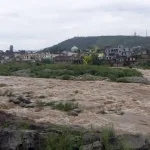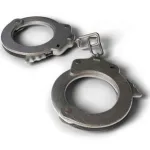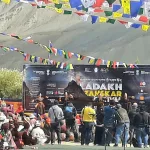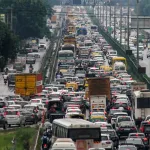The news of spurious and substandard drugs sold in the markets of Kashmir appears in the local media every now and then. It is nothing unusual if a racket is bust or a nexus is exposed by the drug officials. But even after occasional exposures and strict actions taken by the concerned officials it has been observed that the ill practice of selling spurious and sub standard dugs refuses to end. Since it entails huge profit making, many people find themselves tempted to make a killing out of this trade. So in order to make it impossible to acquire these drugs and then sell them in the markets stringent measure must be put in place. This problem, though not unique to the valley only is posing a significant threat to public health that requires urgent attention. Spurious, or counterfeit drugs, are fake medicines created and distributed with the intent to deceive. Often, they contain incorrect or harmful ingredients that can lead to serious health consequences, including disease progression, drug resistance, and even death. The World Health Organization (WHO) estimates that counterfeit drugs account for 10% of all medicines worldwide, and in developing countries, this figure can rise as high as 30%. Health experts are of the opinion that the issue of spurious drugs is particularly acute. A lack of stringent regulation and oversight has created a fertile ground for the proliferation of counterfeit medicines. The health risks associated with spurious drugs are manifold. They may contain substandard or incorrect ingredients, leading to sub-optimal treatment or worsening of the patient’s condition. In some instances, the drugs may contain harmful substances, leading to severe adverse reactions. Moreover, the widespread use of counterfeit antibiotics contributes to the global issue of antibiotic resistance, a grave concern that further complicates treatment strategies. Beyond the immediate health risks, spurious drugs also undermine trust in the healthcare system. Patients, uncertain of the authenticity of their medicines, may hesitate to seek treatment, leading to delayed or missed diagnoses. Moreover, the existence of a lucrative counterfeit drug market financially drains resources from the legitimate pharmaceutical companies and healthcare providers. The need of the hour is to adopt a multi-pronged approach to curb this menace. Concerned authorities must enhance surveillance and enforcement measures to curb the production and distribution of counterfeit drugs. This includes strengthening the capacity of drug testing laboratories in the valley and implementing strict penalties for offenders. Furthermore, education and awareness campaigns should be launched to inform the public about the dangers of spurious drugs. Patients should be taught how to identify counterfeit medicines and encouraged to report any suspicious products. Also, healthcare professionals should be trained to recognize signs of counterfeit drug use in their patients. Counterfeit drugs have become global problem over the years, and their distribution networks often cross national borders. It is a crisis that demands immediate action from all sections of the society. Government and the drug officials must prioritize to protect people from this insidious threat and ensure the health and well-being of all residents in the valley.





